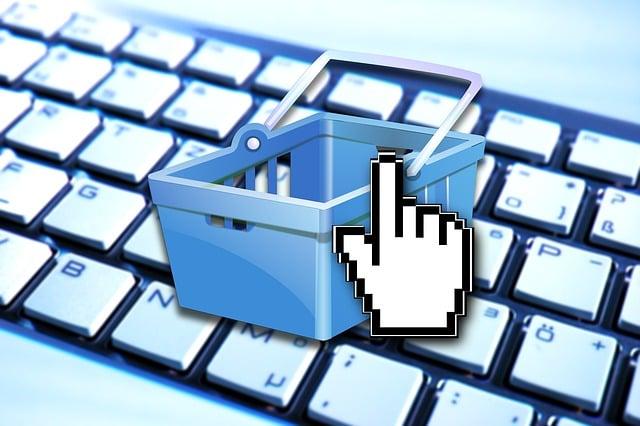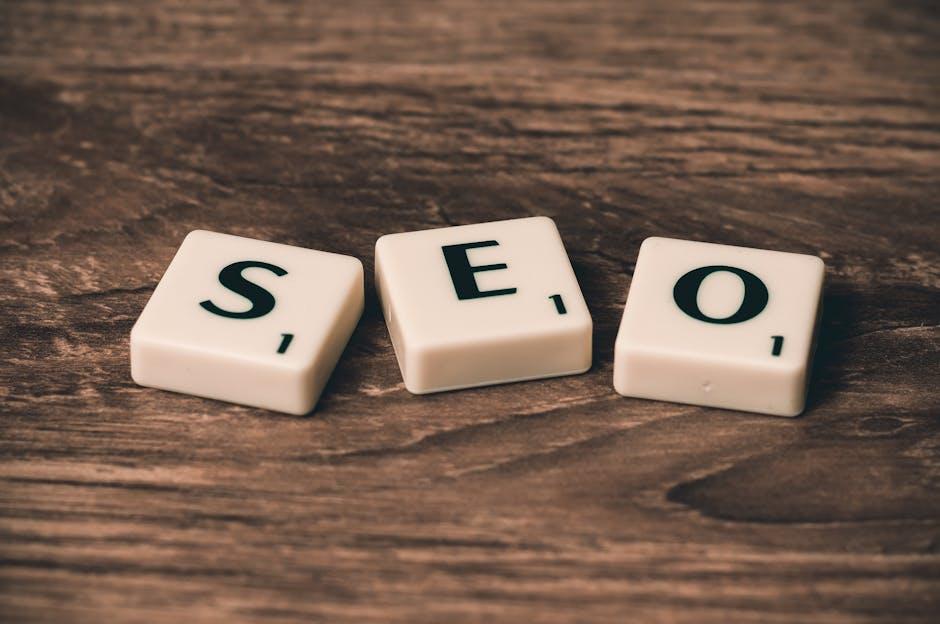Table of Contents
- Understanding the Value of Your Domain Name
- Choosing the Right Selling Platform for Your Domain
- Crafting an Effective Sales Listing to Attract Buyers
- Navigating the Transfer Process: Ensuring a Smooth Sale
- Tips for Promoting Your Domain to Maximize Exposure
- Q&A
- Key Takeaways


Understanding the Value of Your Domain Name
Your domain name is more than just a web address; it acts as the digital identity of your brand. A well-chosen domain can significantly influence your online presence and overall business success. Here are a few factors that contribute to the value of your domain name:
- Memorability: Short, catchy names are easier for users to remember and type, which can lead to higher traffic.
- Keywords: Including relevant keywords can enhance your domain’s SEO potential, making it easier for search engines to rank your site.
- Extension: Traditional TLDs like .com hold more value than newer ones due to their familiarity and trustworthiness among users.
Another aspect that adds to the domain’s value is its history. A domain that has been around for several years, and has built a reputation, can command a higher price. Potential buyers might be interested in various attributes, such as:
- Backlinks: Domains with a strong backlink profile can transfer authority and traffic, increasing their desirability.
- Traffic Levels: If your domain already receives organic traffic, it could mean instant value for the buyer.
- Brandability: A name that resonates with consumers can be a potential goldmine for businesses looking to build their online presence.
Lastly, the market conditions also play a crucial role in determining your domain’s worth. Factors such as industry trends and the demand for specific keywords can fluctuate over time. Here’s a table summarizing key considerations that affect domain name valuation:
| Factor | Description | Impact on Value |
|---|---|---|
| Domain Age | Older domains tend to have more credibility. | Higher |
| SEO Potential | Domains with strong keywords can rank better. | Higher |
| Brand Recognition | Names that are easy to brand are more valuable. | Higher |


Choosing the Right Selling Platform for Your Domain
When diving into the world of domain selling, selecting the right platform can significantly influence your success. GoDaddy is one of the most recognized names in the industry, but it’s essential to consider various factors to determine if it’s the right fit for your specific needs. Evaluate the features and benefits offered by different platforms, taking into account aspects such as user interface, fees, and buyer outreach capabilities. Some popular selling platforms include:- GoDaddy Auctions – A marketplace specifically designed for domain sellers.
- Sedo - Known for its vast international reach and global audience.
- Namecheap - An affordable alternative with user-friendly features.
| Platform | Commission Fee | Listing Fee |
|---|---|---|
| GoDaddy Auctions | 15% on the sale | $4.99 |
| Sedo | 10% – 20% | Free |
| Namecheap | 10% | Free |


Crafting an Effective Sales Listing to Attract Buyers
To create a sales listing that stands out, it’s crucial to highlight the unique value your domain brings to potential buyers. Start by crafting a compelling headline that captures attention and makes a strong first impression. Discuss the key features of your domain that would attract buyers, such as its keyword relevance, memorability, or brandability. Remember, your listing’s goal is to evoke interest and convey why this domain is a valuable asset.
Additionally, provide a persuasive description that showcases the potential of your domain. Use bullet points to outline significant benefits, such as:
- SEO Advantages: Explain how specific keywords can boost search engine visibility.
- Branding Potential: Illustrate how the domain can enhance brand identity.
- Market Demand: Share any relevant statistics or trends that indicate demand for similar domains.
It can also be effective to include a concise comparison of your domain with others in the same niche. This provides buyers with a quick reference to understand its worth. The following table offers a quick overview:
| Domain Name | Keywords | Estimated Value |
|---|---|---|
| ExampleDomain1.com | Keyword1, Keyword2 | $1,200 |
| ExampleDomain2.com | Keyword1, Keyword3 | $1,500 |
| YourDomain.com | Keyword1, Keyword4 | $2,000 |
Navigating the Transfer Process: Ensuring a Smooth Sale
When it comes to selling your domain through GoDaddy, understanding the transfer process is crucial for a seamless transaction. The first step involves unlocking your domain and obtaining an authorization code. This is a vital security measure that ensures only you can initiate the transfer. Here’s a quick checklist you can follow before moving forward:
- Log into your GoDaddy account and navigate to your domain settings.
- Disable the domain lock feature.
- Request the authorization code to facilitate the transfer.
Once you have your domain unlocked and secured with an authorization code, consider your next moves strategically. It’s essential to communicate effectively with potential buyers, providing them clear instructions on how they can initiate the transfer themselves. This includes supplying your authorization code, guiding them on entering it in their registrar, and confirming when the transfer completes. Having a well-prepared FAQ section can significantly ease this process, addressing common questions like:
| Question | Answer |
|---|---|
| How long does the transfer take? | Typically, between 5 to 7 days. |
| Can I sell my domain during the holding period? | No, the domain must be fully transferred first. |
Lastly, ensure that both you and the buyer receive confirmation emails regarding the transfer. This not only builds trust but also serves as a reference point in case any issues arise. If any hiccups occur, be prepared to assist your buyer in troubleshooting, as this can enhance their experience and solidify your reputation as a seller. A smooth transfer process is essential for a positive outcome, fostering repeat business and positive reviews.


Tips for Promoting Your Domain to Maximize Exposure
To effectively promote your domain and ensure it captures the attention it deserves, start by leveraging social media platforms. Create engaging posts that highlight your domain’s potential and the unique value it offers. Utilize images and graphics to make your posts visually appealing and incorporate relevant hashtags to broaden your reach. Consider creating a dedicated page or group on platforms like Facebook or LinkedIn, where interested buyers can directly engage and ask questions. Regular updates and interactions can significantly boost visibility.
Another effective strategy is to reach out to niche influencers or bloggers related to your domain’s theme. Partnering with them can enhance your credibility and draw in a targeted audience who may be interested in purchasing. Provide them with clear information about the benefits of your domain, along with its marketability. They might write articles or share your listings, helping you to gain traction within their established communities. Don’t hesitate to ask for referrals or shares, as word-of-mouth can be incredibly powerful.
Furthermore, consider utilizing online marketplaces dedicated to buying and selling domains. Websites like GoDaddy Auctions, Sedo, and Flippa attract serious buyers and can give your listing considerable exposure. Make sure to craft compelling descriptions that emphasize the advantages and features of your domain. Additionally, implementing SEO best practices on your listing page can improve discoverability through search engines, drawing in even more potential buyers. Keep an eye on analytics to inform your strategy, adjusting as you discover what works best for your audience.

